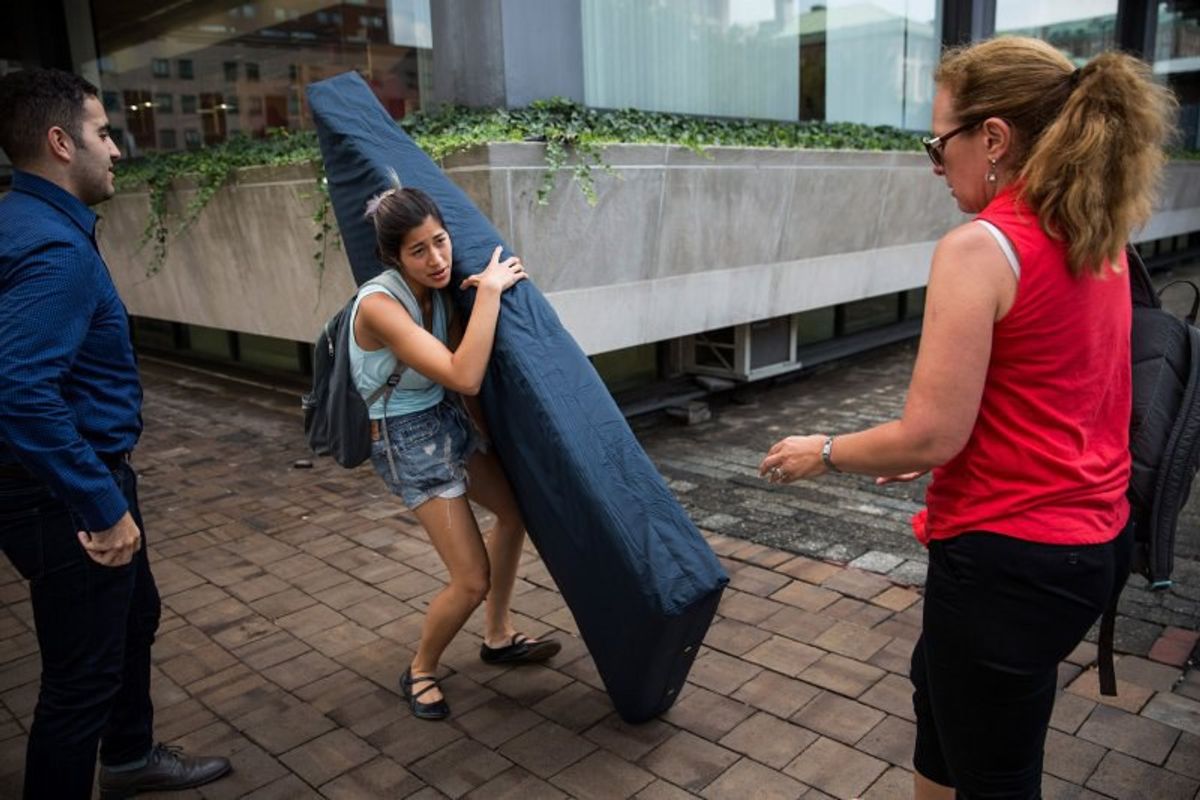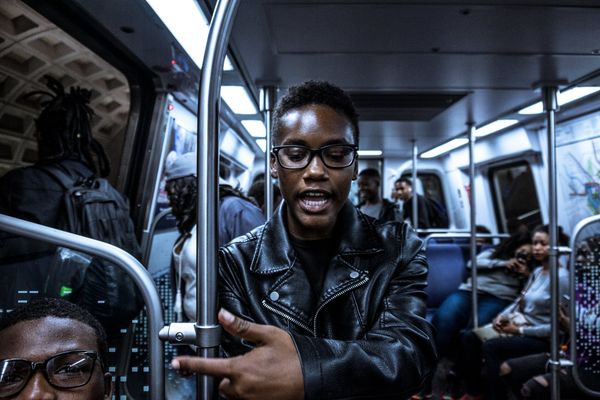I preface this article with several remarks. Obviously, rape and sexual assault are horrible crimes that must be addressed. No one I know, or agree with, believes anything to the contrary. Secondly, due to the emotions surrounding sexual violence, it is a difficult subject to talk about. However, if there is to be a resolution of this issue, conversation must occur.
A simple Google search reinforces the commonly quoted statistic that about one in five women are raped or sexually assaulted by the time they leave college. A rate like this would make American colleges one of the worst places for women in the world. When I began researching this topic, the first article I came across from USA Today pointed to a survey performed by the Association of American Universities that investigated sexual assault and rape in 27 institutes of higher education. The USA Today article touted this study as proof of the one in five statistic. However, I looked at the actual study, which was based on email responses, and lo and behold, its summary of results contained the following text:
Oops. So USA Today, who quoted the study as confirmation of the one in five rape statistic, evidently did not closely read the original study. They did not even read the summary of the study. And beyond that, in an already-small sample size of 27 schools, the survey only had a response rate of about 19 percent (22.9 percent for females). I didn't cherry-pick this summary, it was one of the first to show up in a Google Search. But wait, there's more. The following paragraph, which is pulled from the study, also acknowledges the possibility of bias in the reported values:
Additionally, the survey also expanded, and admitted that it expanded, the definitions of rape, sexual assault and sexual harassment beyond the legal ones, even going so far as to label sexual harassment as including: "a series of behaviors that interfered with the victim’s academic or professional performances" and "limited the victim’s ability to participate in an academic program." That's a little ambiguous, don't you think? And, not surprisingly, this definition of sexual harassment includes "made sexual remarks or told jokes or stories that were insulting or offensive to you" and behavior like repeatedly asking someone to go out who has already said no. Keep in mind this broad perspective on sexual harassment because it is relevant to my later points.
So instead I went to the Department of Justice, which conducted a report of rape and sexual assault among college and non-college students over the period 1995 to 2013 as part of a larger study on nonlethal crime. The study found the rate of rape and sexual assault among college students ages 18 to 24 was 6.1 per 1,000 students. The rate for non-college students of the same age was 1.2 times higher. Notably, the study consisted of personal or telephone interviews of a sample of households chosen to represent the entire country. The study reports, "In 2013, 90,630 households and 160,040 persons age 12 or older were interviewed." This stands in contrast to the narrower scope of some other prominent studies, such as the one mentioned previously by the Association of American Universities, which had a 19 percent response rate across 27 schools, or the Campus Sexual Assault Study, which investigated two schools and achieved response rates of about 42 percent at each school. Unlike these other two studies, the Justice Department study had a high response rate (88 percent in person and 74 percent overall).
So why do I point this out? Well, it raises serious doubt about the common understanding of rape on college campuses. Rape happens at colleges, and it is a serious problem, but in order to solve the problem of rape in America, we need credible statistics. For example, the DOJ study shows that non-college women are actually more likely to be raped. To best address the problem of rape, then perhaps resources should target non-college students. This is only one of many examples showing that actual data is required to effectively deal with the problem in a responsible manner. It also begs the question, do those who quote misleading studies want to address the actual problem? Or do they just want to exaggerate it?
Unfortunately, rape statistics are often misconstrued to inflate the perceived "war on women" far beyond its realistic dimensions, which pushes an agenda of radical feminist laws and campus practices. What better proof of an over-powering, sexist, enslaving patriarchy than the supposed statistic that one in five college women are raped during their college years? We've already seen what these activists want in terms of policy: redefining rape and sexual assault, forcing men to repeatedly ask for consent during sexual activity, requiring a verbal "yes" and ignoring all other types of consent including initiating the activity. These activists support consent practices that treat men and women differently, and they back laws that target men and women differently.
Finally, the most serious problem with these misleading college rape statistics is that they ignore the larger, overarching problem: many regions around the world have a much greater rape problem, notably Africa and the Middle East. And beyond just rape, the non-Western world has great need for feminists and women's rights activists. It's a shame that feminist groups often prefer to target America and Western culture instead, by using biased, inflated statistics. We would truly be a better society and have a greater positive impact on the world if we could set aside preconceived notions and harmful agendas and instead look at the data and the entire picture. Not only is that the most effective way to solve the problem, it also avoids the marginalization of real rape and sexual assault victims that inevitably occurs when definitions are loosened to push an agenda.





















